Monkeys, belonging to the order Primates, are primarily arboreal mammals vital to tropical ecosystems. However, many monkey species are now facing extinction due to deforestation, poaching, habitat fragmentation, and climate change. In this article, we explore 25 endangered monkey species, outlining their distribution, ecological roles, threats, and conservation status.
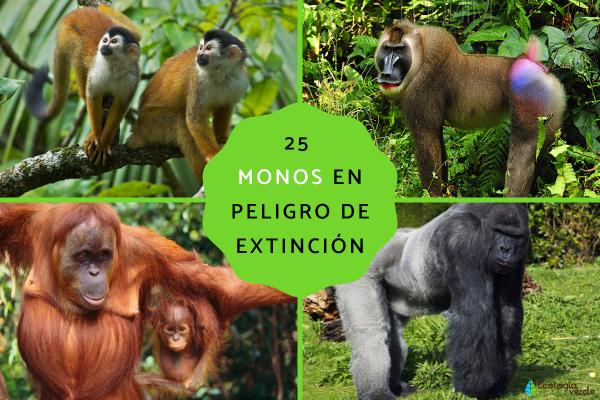
Found in the central and western African rainforests, this species has two subspecies: the Western Lowland Gorilla (G. g. gorilla) and the Cross River Gorilla (G. g. diehli). They are critically endangered due to illegal hunting, habitat loss, Ebola outbreaks, and climate change.
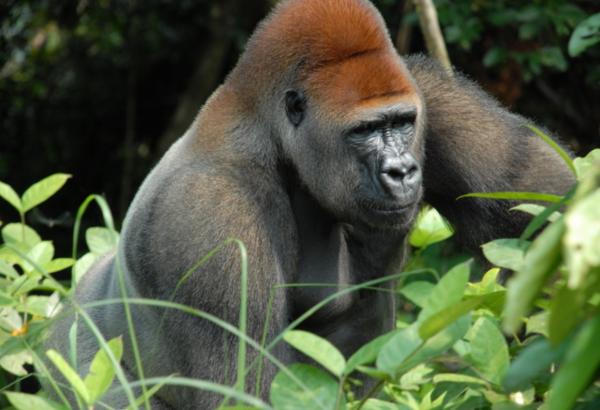
Native to northeastern Madagascar, the Silky Sifaka is a critically endangered lemur known for its silky white fur. It lives in humid montane forests and feeds on leaves, seeds, and fruits. Deforestation and hunting are the major threats.
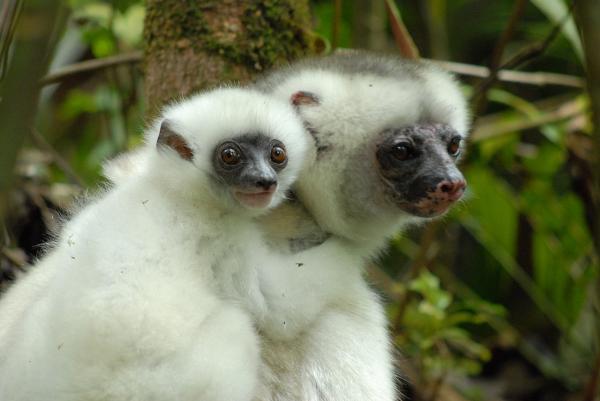
The smallest of the three orangutan species, it inhabits the rainforests and peat swamps of Sumatra. With slow reproduction and rapidly shrinking habitats due to agriculture and mining, it is listed as critically endangered.

Endemic to western Ecuador, this monkey has lost up to 90% of its forest habitat. Hunting for meat and illegal pet trade further threaten its survival.

Once widespread across Africa, chimpanzee populations have drastically declined over the last 30 years due to poaching, infectious diseases, and habitat destruction. They are now classified as endangered.

This large monkey is restricted to parts of Nigeria, Cameroon, and Bioko Island. Its population has declined by nearly 50% due to logging and habitat fragmentation.
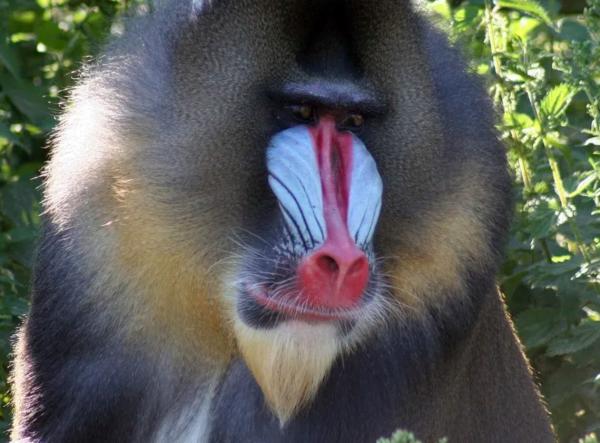
Found in Costa Rica and Panama, this species lives in coastal rainforests and floodplains. It is critically endangered due to deforestation, hunting, and illegal pet trade.

Native to Colombia and Venezuela, this critically endangered primate spends most of its time in the forest canopy, feeding on fruit. It faces threats from habitat degradation, hunting, and the exotic pet market.
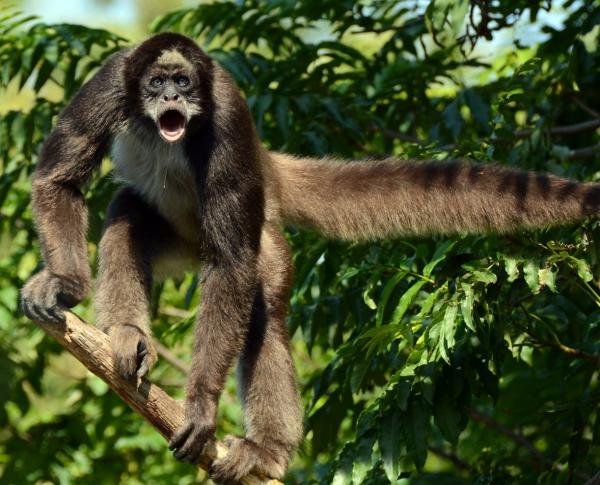
Endemic to Southeast Asia, this critically endangered species has seen an 80% population drop over the past 45 years due to deforestation and poaching.
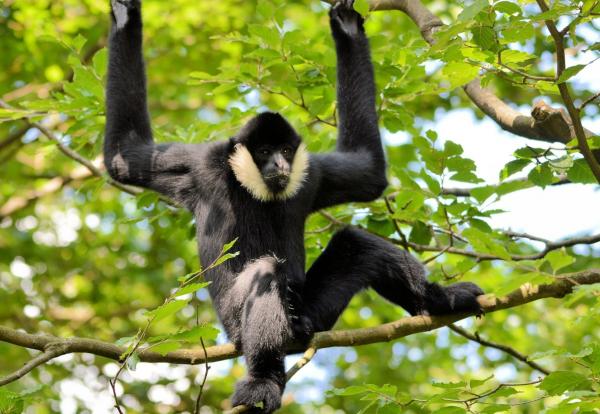
This monkey inhabits Brazil’s northeastern Atlantic Forest. Its populations are severely fragmented due to sugarcane plantations, urban expansion, and hunting.
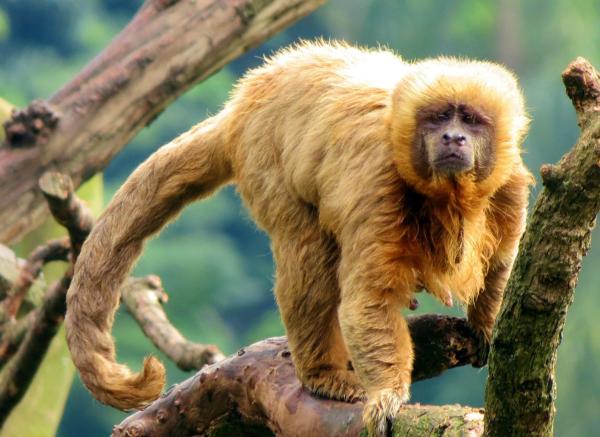
| Common Name | Scientific Name |
|---|---|
| Tana River Red Colobus | Piliocolobus rufomitratus |
| Eastern Gorilla | Gorilla beringei |
| Northern Muriqui | Alouatta guariba guariba |
| Rio Mayo Titi Monkey | Callicebus oenanthe |
| Guatemalan Black Howler | Alouatta pigra |
| Ollala Brothers’ Titi Monkey | Plecturocebus olallae |
| Eastern Black-crested Gibbon | Nomascus nasutus |
| Hainan Gibbon | Nomascus hainanus |
| Purple-faced Langur | Semnopithecus vetulus |
| Yellow-tailed Woolly Monkey | Oreonax flavicauda |
| Bornean Orangutan | Pongo pygmaeus |
| Tapanuli Orangutan | Pongo tapanuliensis |
| Maranhão Red-handed Howler | Alouatta ululata |
| Kaapori Capuchin | Cebus kaapori |
| Yellow-breasted Capuchin | Sapajus xanthosternos |
Many of these monkeys are not just endangered—they’re on the brink of extinction. Their loss would not only impact biodiversity but also disrupt entire ecosystems. Conservation efforts must include protecting habitats, enforcing anti-poaching laws, raising awareness, and supporting ethical wildlife tourism. By learning more and acting responsibly, we can all play a part in saving these incredible primates.
Bibliography
International Union for Conservation of Nature (IUCN) Red Lists. Website: https://www.iucnredlist.org/es
animal tags: Endangered Monkey
We created this article in conjunction with AI technology, then made sure it was fact-checked and edited by a Animals Top editor.